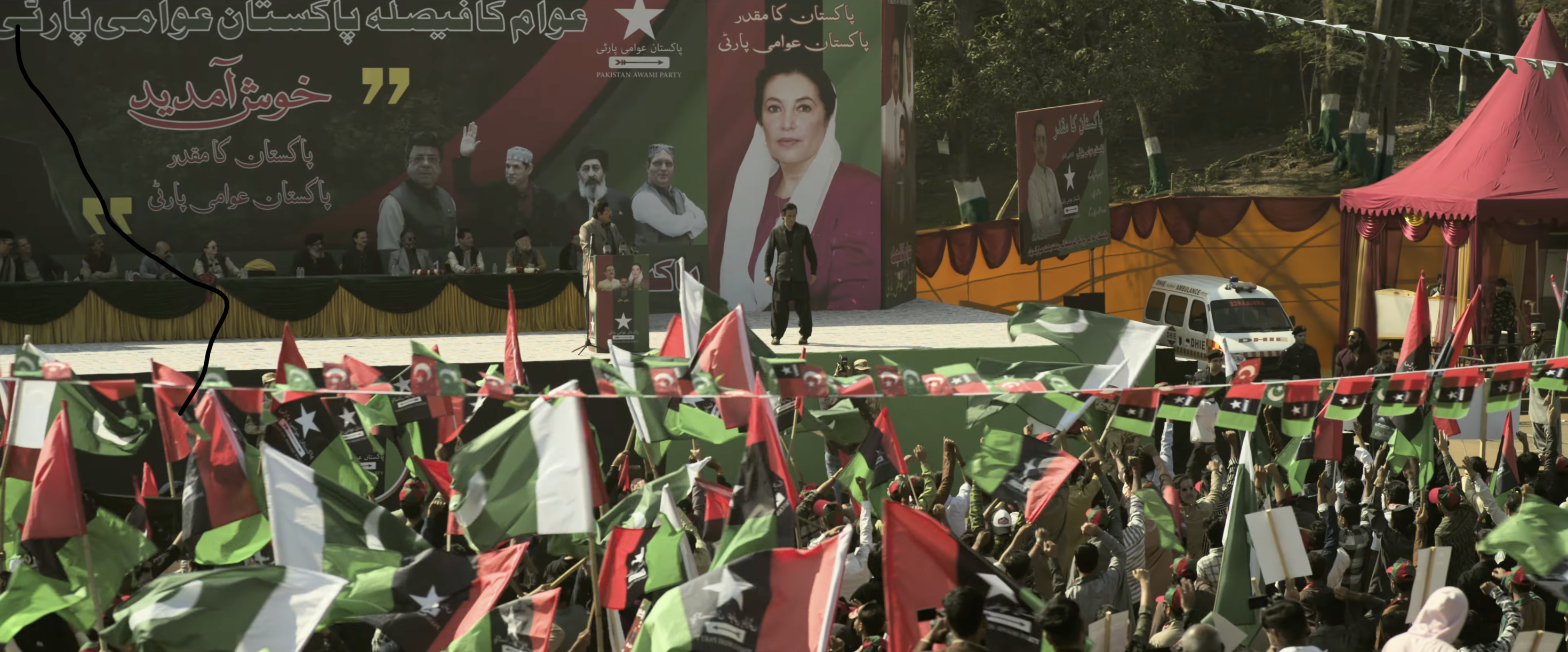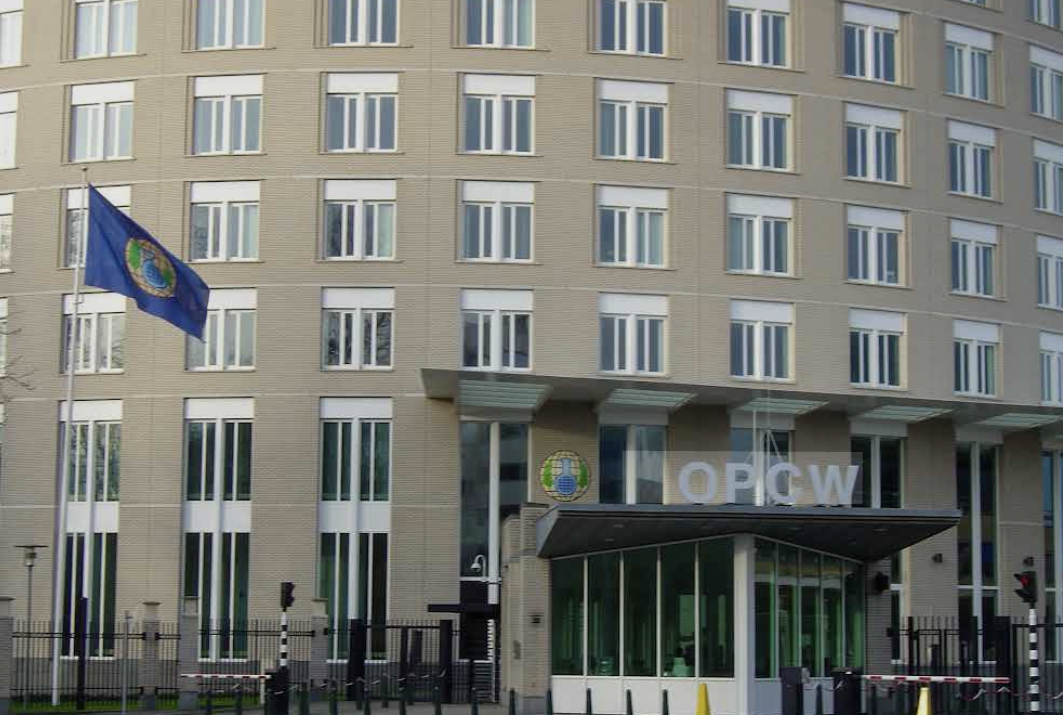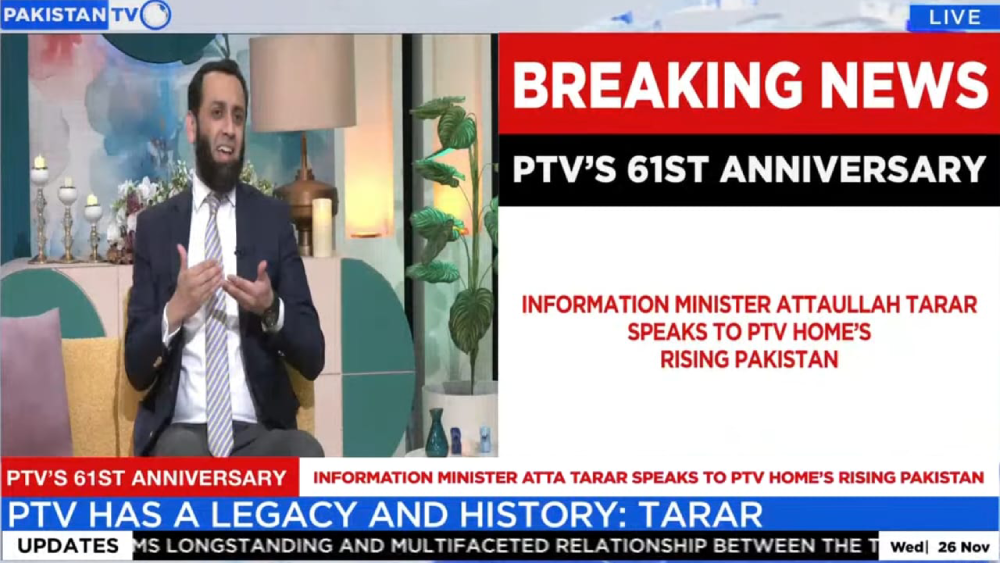
Screengrab from YouTube: Official Dhurandhar trailer
ISLAMABAD: Bollywood’s latest anti-Pakistan propaganda film, Dhurandhar, has triggered strong backlash after its trailer release; However, the criticism just emphasizes a familiar pattern: the Indian film industry has frequently relied on anti-Pakistan storylines to push its most lucrative spy thrillers and nationalistic blockbusters.
The latest Ranveer Singh film is set in Pakistan, where Singh plays a RAW operative deployed on an undercover mission in Karachi's Lyari district. The plot follows his character as he ‘infiltrates’ local networks, finds terrorist connections, and tries to neutralize a Pakistan-based threat before it reaches India.
Aditya Dhar, best known for Uri: The Surgical Strike, is directing the film starring Sanjay Dutt in a major role as a counter-terror officer named Chaudhry Aslam, inspired by the real-life late SSP Chaudry Aslam Khan who was famous for his role in combating powerful gang networks like those led by Rehman Dakait (who is played by Akshaye Khanna in the movie) in Lyari.
 Screengrab from YouTube: Official Dhurandhar trailer
Screengrab from YouTube: Official Dhurandhar trailer
The character of Chaudhry Aslam becomes the anchor point for the ideological narrative distortion that serves to appropriate and recontextualize the internal Pakistani struggle with gang wars, to serve a nationalistic narrative of cross-border terrorism orchestrated against India.
The real-life figures involved in the Lyari gang wars had no documented connection to India and were not involved in any sort of cross-border espionage.
The film uses the real-life notoriety of these characters to create a dramatic set piece for an India vs. Pakistan spy thriller, which capitalizes on the sentiments of the large nationalist segment of the Indian populace, and is not rooted in historical facts.
Several other characters solidify the narrative distortion executed by the movie: Arjun Rampal plays Major Iqbal, a Pakistani intelligence officer known as the “Angel of Death,” who is obsessed with “making India bleed.” The trailer then introduces R. Madhavan as Ajay Sanyal, a character inspired by India's National Security Adviser Ajit Doval, who believes Lyari is the "heart of terrorism" in Pakistan. These characters are written to convincingly build a security threat-based narrative, which is commercialized by the movie in hopes of box office success.
The facade that the film constructs to ensure commercial success based on nationalist sentiment goes beyond the mere distortion of real-life figures.
It also appropriates real-life specific political imagery and symbolism, such as a Pakistan Peoples Party (PPP) rally, photos of the late Benazir Bhutto, and authentic party flags, which have provoked additional criticism and scrutiny.
 Screengrab from YouTube: Official Dhurandhar trailer
Screengrab from YouTube: Official Dhurandhar trailer
Establishing a dramatic metanarrative, through appropriating real symbolism, deliberately blurs the critical boundary between historic reality and overly nationalistic sentiment.
By anchoring a fictionalized plot about global terrorism and espionage in the visual language of a sovereign nation’s legitimate political struggles, the filmmakers effectively weaponize these symbols, stripping them of their original context to serve a commercial agenda. This not only deceives the audience by lending documentary-style authenticity to a biased, fabricated narrative, but also exploits the political struggles as a set dressing for entertainment.
Social media users, including many in India, have condemned the film for its distortions, sensationalism, and unrealistic portrayal of Pakistan.
Adding to the backlash, YouTuber Dhruv Rathee labelled the trailer “cheap,” comparing its hyper-violent imagery to ISIS beheading clips and alleging the filmmakers are using graphic torture as a money-making tactic.
A long history of propaganda films
Dhurandhar is not an isolated case. Bollywood’s fixation with Pakistan has been building for years.
Dhar’s previous film, Uri: The Surgical Strike, dramatized India’s military response to attacks linked to Pakistan. The film earned him the Best Director award at the 66th National Film Awards, reinforcing the commercial and institutional incentives behind such narratives.
Director Sanjay Puran Singh Chauhan, who directed ‘Lahore’ (2010), also explored Pakistan-India tensions and received the Indira Gandhi Award for Best Debut Director.
Other major films which exemplify this trend of capitalizing on Pakistan-focused hyper-nationalist narrative includes:
Raazi (2018): an Indian spy marries into a Pakistani military family
Gadar (2001 & 2023): built around Partition-era antagonism
Sky Force (2025): retelling India–Pakistan military tensions
The Diplomat (2025): dramatizing cross-border hostilities
Across espionage, war films, and ultra-nationalist romances, Pakistan remains Bollywood's most convenient antagonist.
Why the obsession?
Commercially, storylines about Pakistan evoke powerful emotions like patriotism, fear, and honor, all of which have been proven to promote box-office turnout. Politically, these films support state-favored narratives on national security, intelligence agencies, and militarism.
Here, Pakistan functions as a “safe villain”: A narrative trope in Indian cinema where Pakistan (or its state and non-state actors) is utilized as the default antagonist because it is a commercially reliable, politically sanctioned, and socially non-controversial target. In this framework, the “villain” requires no complex backstory or nuance to be accepted by the audience; their antagonism is presumed, allowing filmmakers to project nationalistic aggression without fear of domestic censorship, political backlash, or alienating the local ticket-buying public.
Repeated portrayals of Pakistan as the default archetypal enemy by the Indian cinema, risks shaping one-dimensional reductive public perceptions, that reduces a complex nation and its domestic political nuances, into a monolithic caricature.
What's next
The reliance of Indian cinema on hyper-nationalist theatrics highlights a measurable shift in the industry’s commercial strategy, prioritizing the financial safety of the ‘Pakistan antagonist’ model over nuanced cross-border storytelling. The box office success of the movies presented above, suggests this is a calculated consolidation of a profitable genre rather than a passing trend. For now, the industry’s reliance on Pakistan-centric antagonism is less a creative choice and more a commercially driven business strategy, one that continues to shape Bollywood’s biggest releases.
Latest News
Pakistan seeks multicontinental alliance to shape future of global shipping
26 MINUTES AGO

Bahrain awards top honor as leaders deepen strategic Pakistan ties
2 HOURS AGO
.jpg)
Israel returns 15 Palestinian bodies to Gaza under US-brokered ceasefire deal
5 HOURS AGO

Pakistan retains seat at chemical weapons elimination body
8 HOURS AGO

Moving forward with futuristic approach is essential: Tarar
8 HOURS AGO

